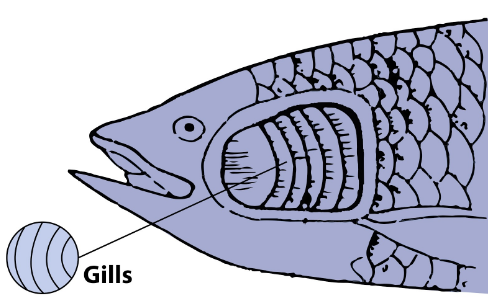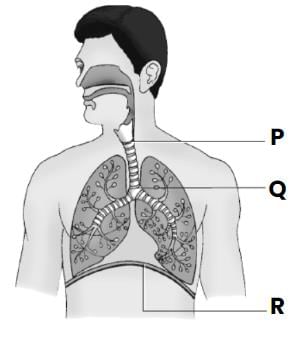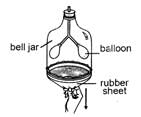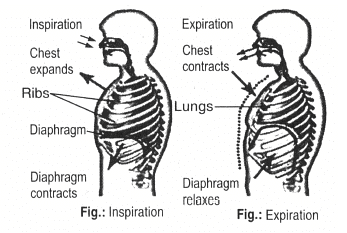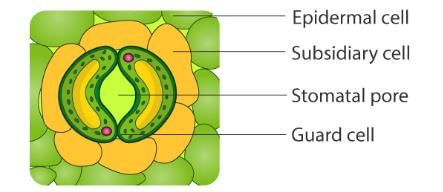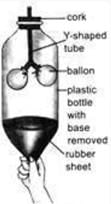Option (a)
X = Tadpole with gills is correct.
Y = Whale with lungs is correct.
Z = Earthworm with skin is correct.
Therefore option (a) is fully correct.
X = Tadpole with gills is correct.
Y = Whale with lungs is correct.
Z = Earthworm with skin is correct.
Therefore option (a) is fully correct.
Option (b)
X = Fish with gills is correct.
Y = Crocodile with lungs is correct.
Z = Cockroach with skin is wrong because cockroach breathes through tracheae, not skin.
X = Fish with gills is correct.
Y = Crocodile with lungs is correct.
Z = Cockroach with skin is wrong because cockroach breathes through tracheae, not skin.
Option (c)
X = Frog with gills is wrong because only tadpoles have gills, adult frogs use lungs and skin.
Y = Shark with lungs is wrong because sharks breathe with gills, not lungs.
Z = Toad with skin is wrong because toads mainly breathe with lungs and only partly through skin.
X = Frog with gills is wrong because only tadpoles have gills, adult frogs use lungs and skin.
Y = Shark with lungs is wrong because sharks breathe with gills, not lungs.
Z = Toad with skin is wrong because toads mainly breathe with lungs and only partly through skin.
Option (d)
X = Prawn with gills is correct.
Y = Grasshopper with lungs is wrong because grasshoppers breathe through tracheae.
Z = Cockroach with skin is wrong because cockroaches also breathe through tracheae.
X = Prawn with gills is correct.
Y = Grasshopper with lungs is wrong because grasshoppers breathe through tracheae.
Z = Cockroach with skin is wrong because cockroaches also breathe through tracheae.
Thus the only correct option is (a).






